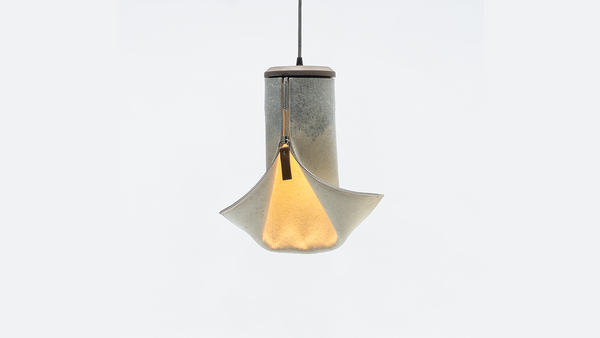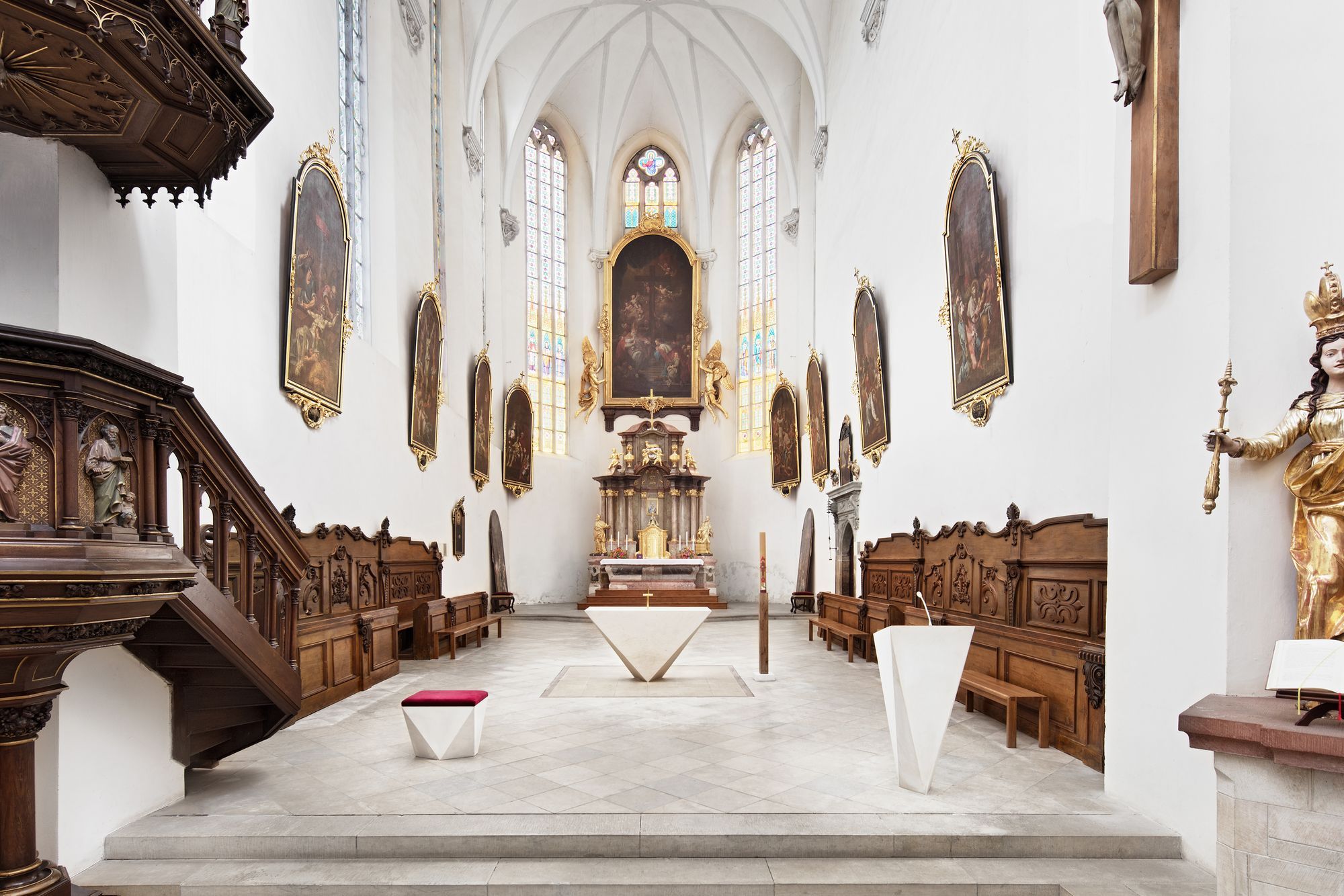The Czech town chose a very unusual entry for the renovation of the local Gothic church altar: designer Štěpán Jílek’s clean, modern work, which stands out as much as it complements its surroundings. Sharp lines and snow-white textures—a refreshing experience in this flurry of ornamentation.
The parish of Litomyšl decided to launch a public tender for the design of its new altar, as the previous temporary wooden altar did not meet liturgical standards. A committee of experts—art historians, restorers, monument preservationists, and local parish officials—selected the this modern design by Jílek Štěpán. The aim of the competition was to create an elaborate altar that would comply with all the regulations and could also be interpreted as a work of art on its own.
The design of Štěpán Jílek’s altar is based on the central doctrine of Christianity, the Trinity. The designer’s intention was to create a simple and clean impression, which also expresses modesty. The result is a triangle of sandstone, elegantly placed at the center of the mass, avoiding being conspicuous. In addition to this context, the triangle also conveys another reference: the artist pays homage to Czech cubism, most evident in its sharp lines.
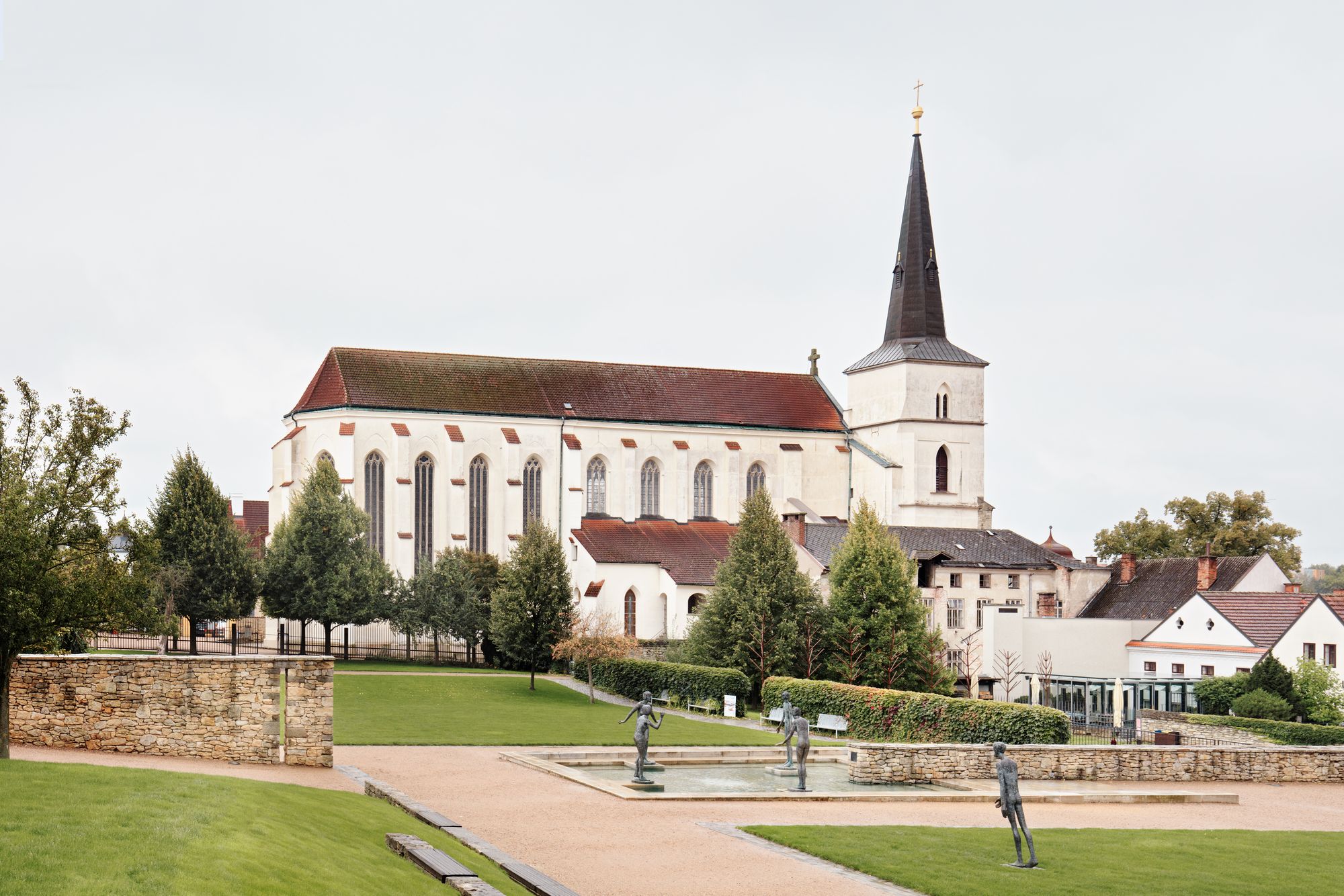

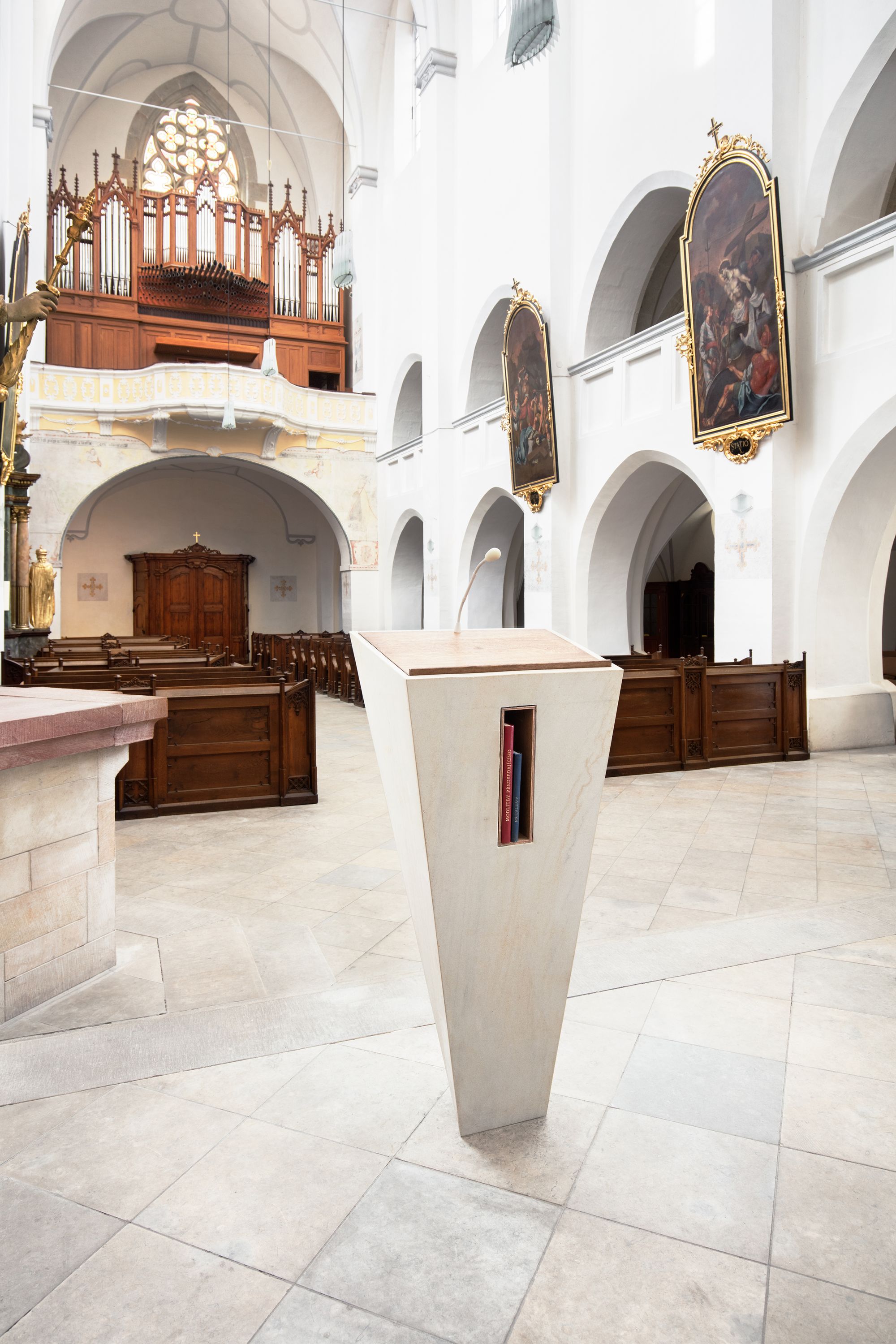
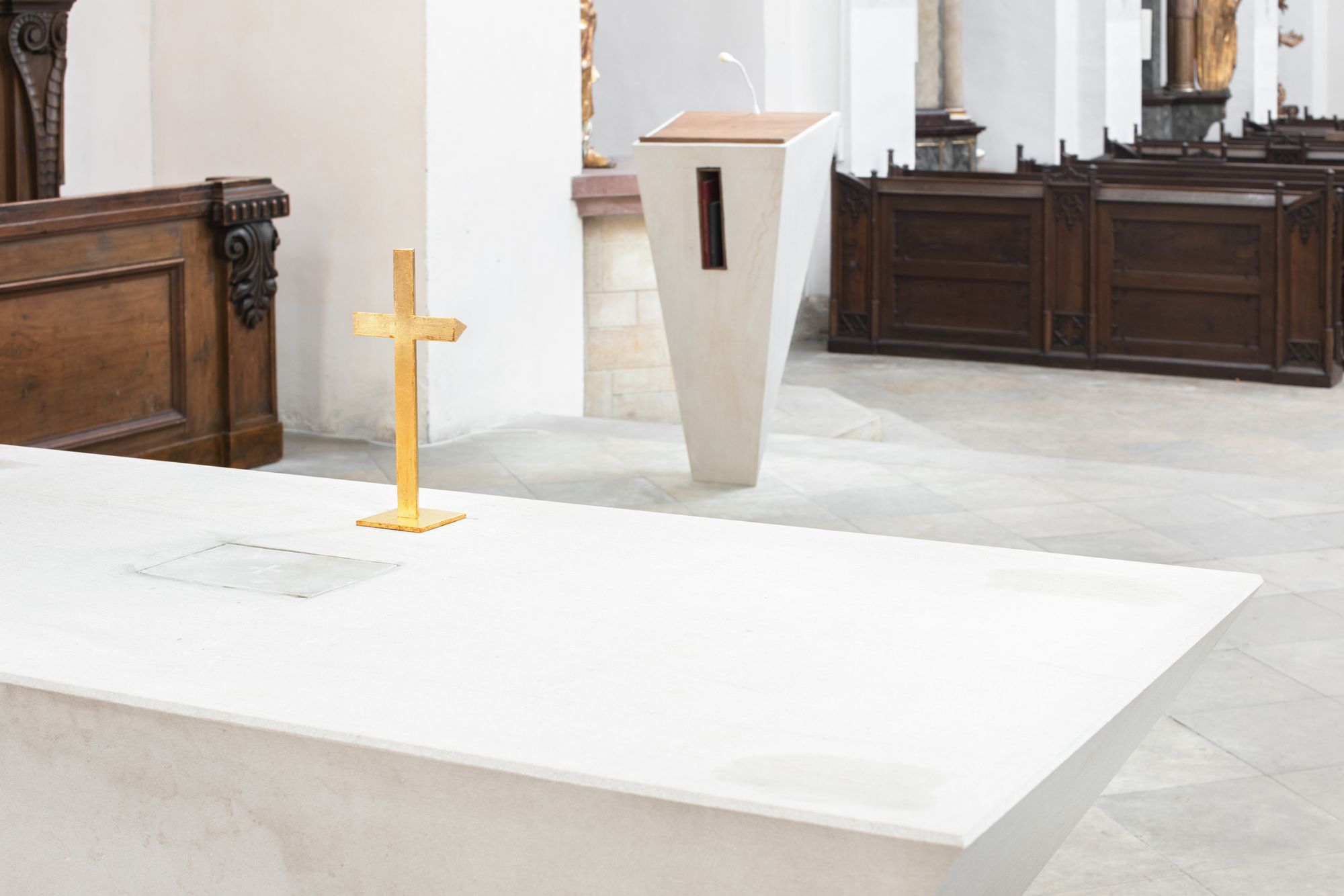
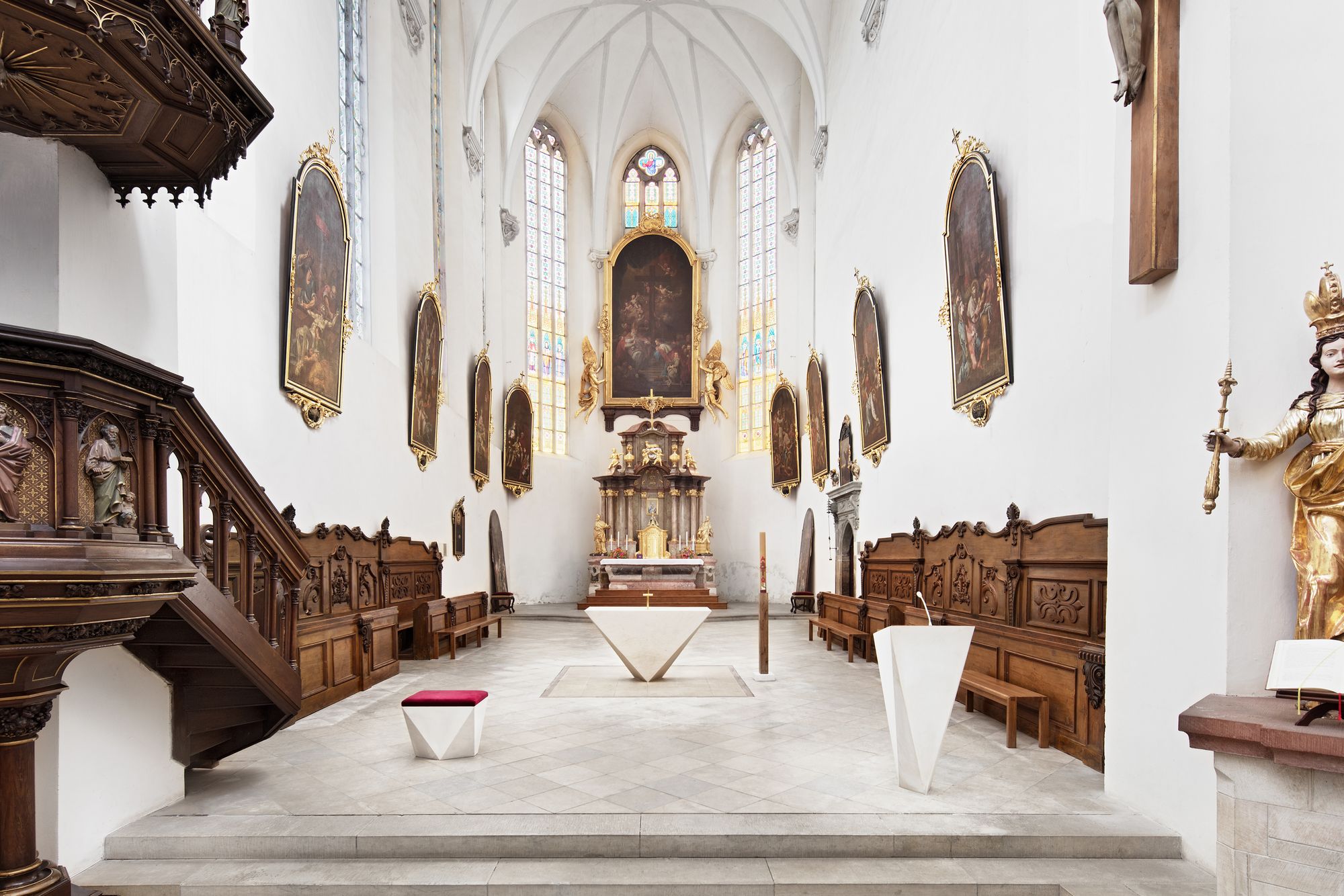
The result is just as exciting as it is clear and noble. Jílek Štěpán only had two days to submit his entry, followed by intensive work. He created his first designs on a computer, which gave him insight into its potential weak points. It was then that he turned to the experienced sculptor and restorer Pavel Mrovéc, who provided him with valuable advice, as well as a workshop and the necessary tools to work with the material, which was extracted from a quarry in Vyhnánov, reinforcing the altar’s regional relevance, while the fine texture is worthy of a sacred object of such importance.
Štěpán Jílek’s modern altar creates a link between tradition and new form in the context of the historic Gothic space. In addition to its religious significance, the altar can also be seen from a design perspective as a bridge between the past and the present; the belief in creativity forever links contemporary trends with those of the past.
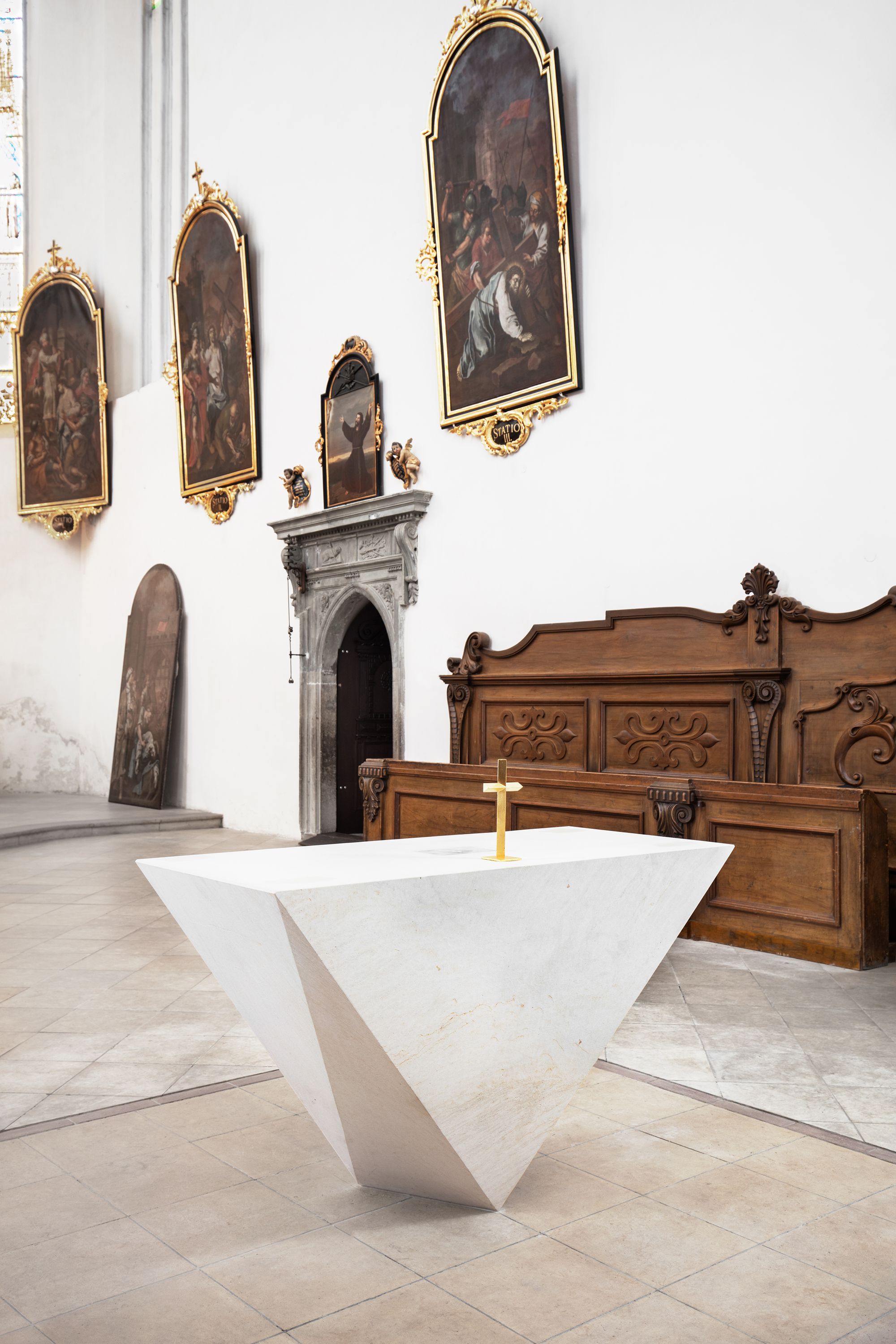
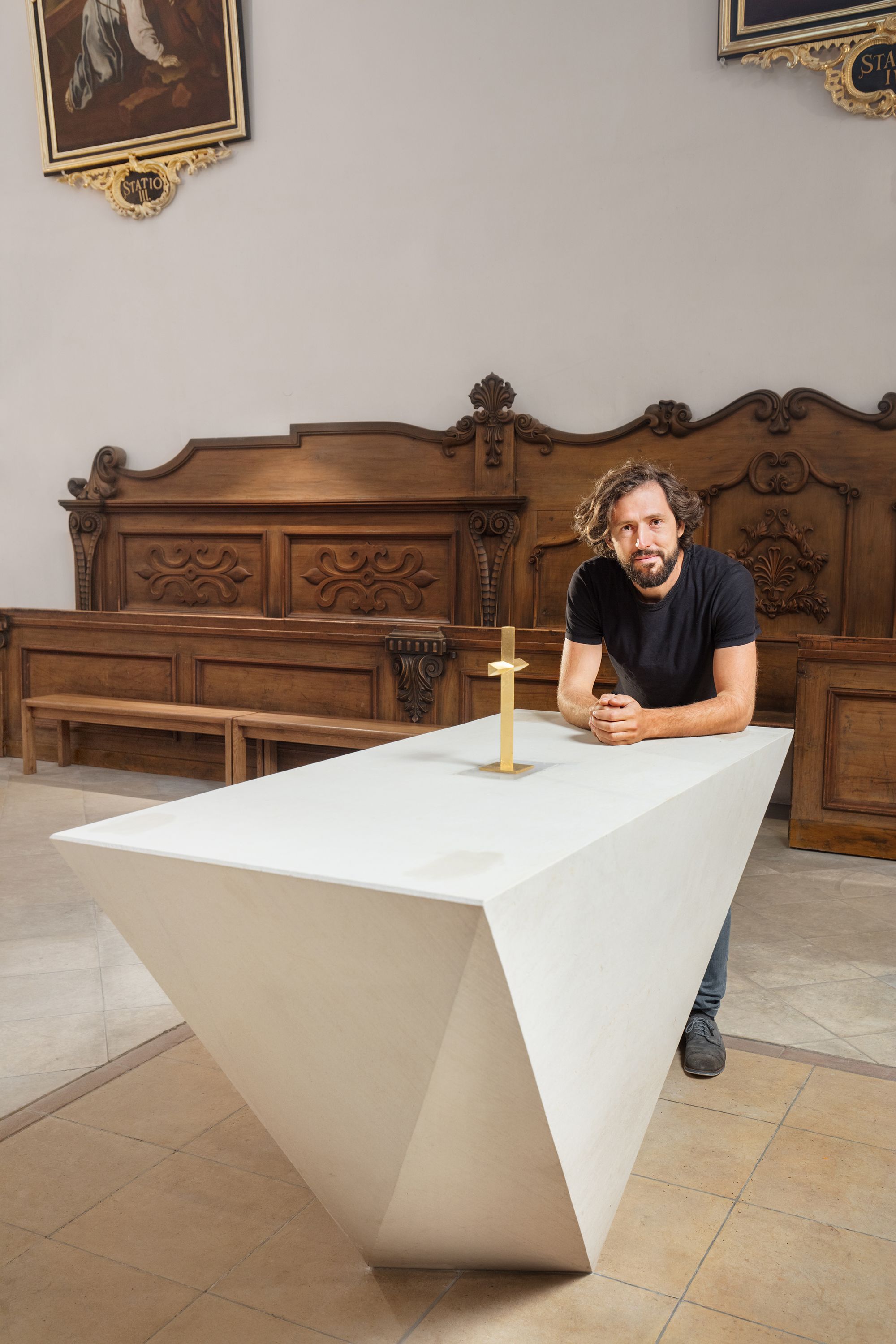
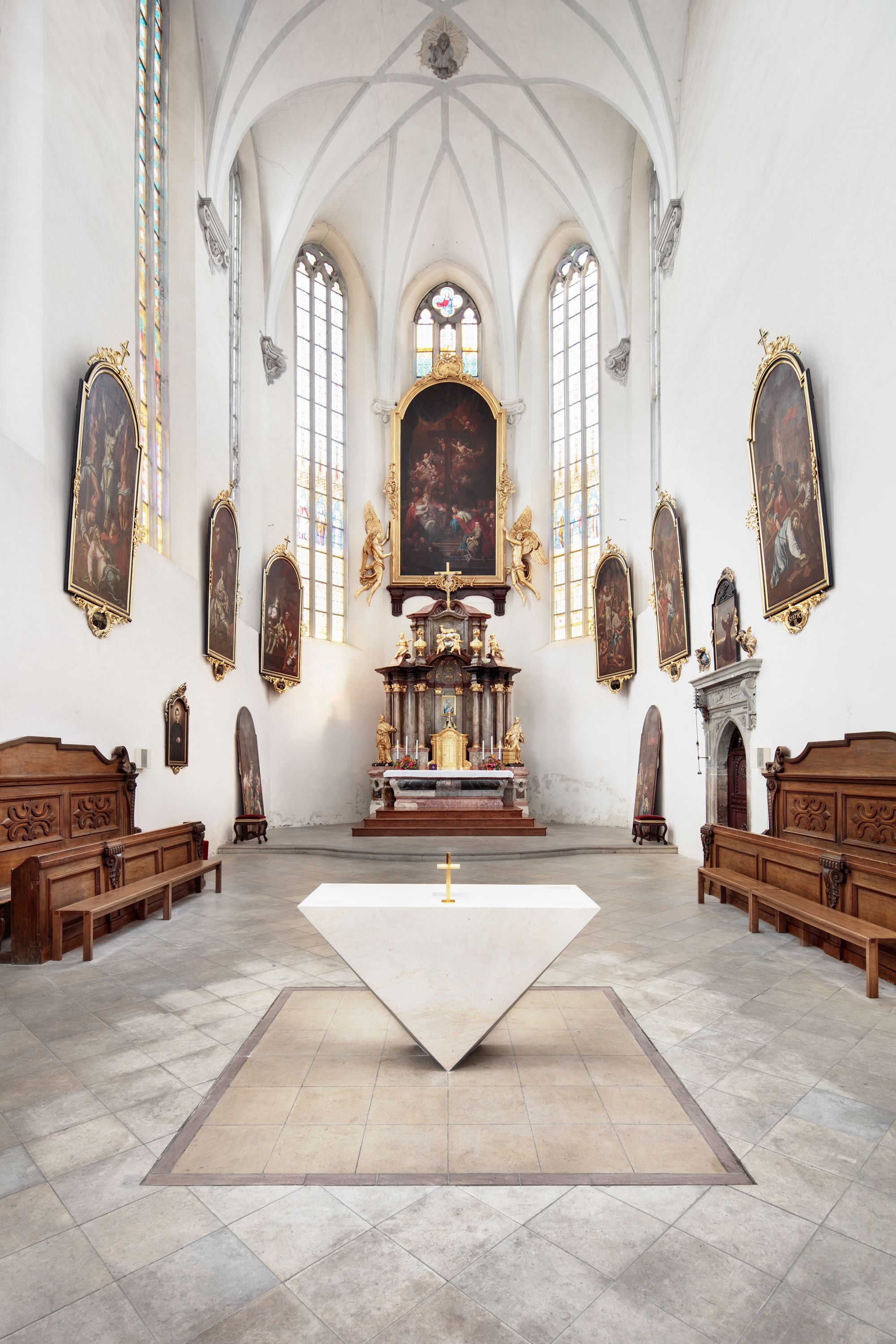

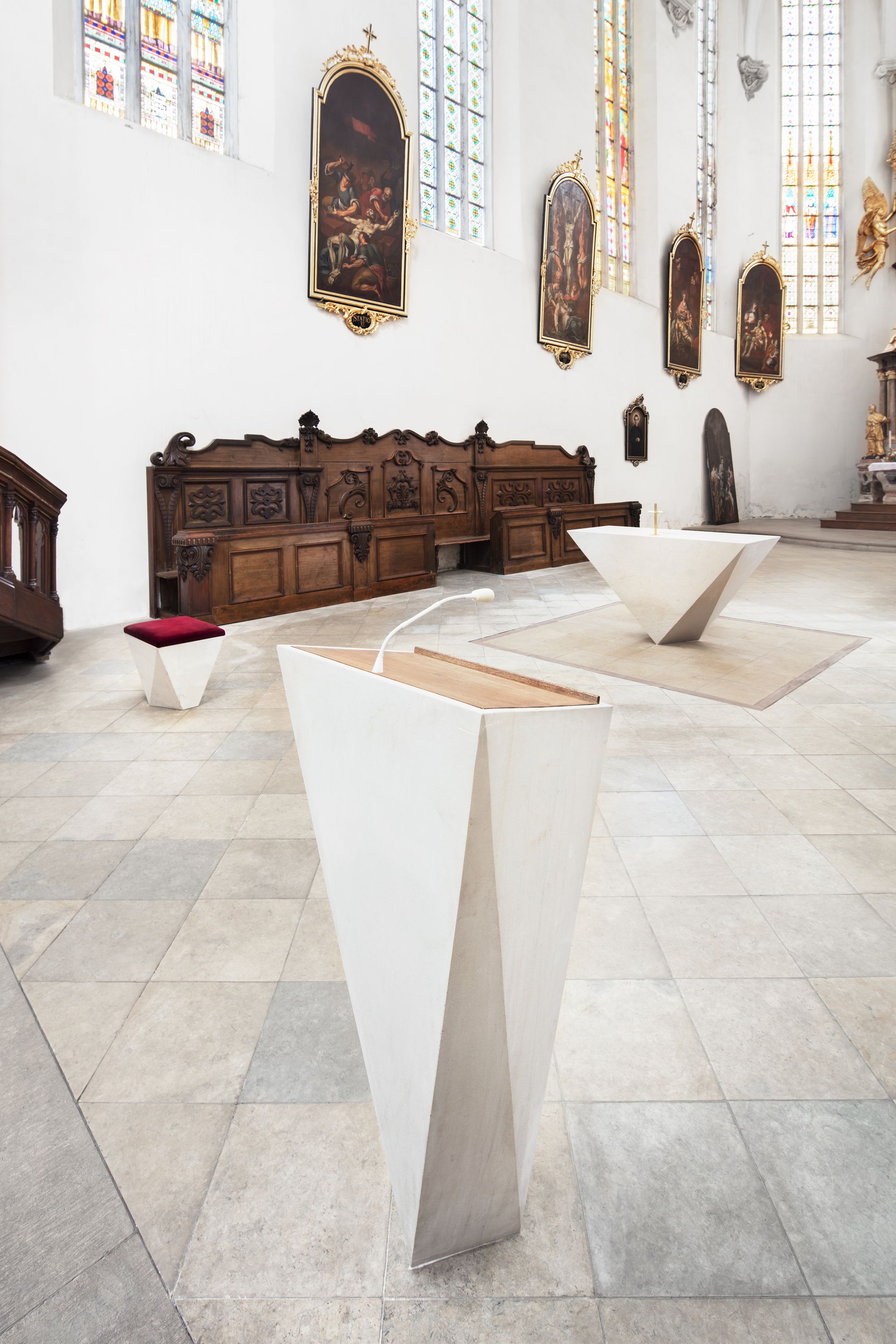
The modern altar was inaugurated and consecrated in September 2022 in a solemn mass celebrated by Bishop Jan Vokál.
Photos: Josef Kubíček
Štěpán Jílek | Web | Instagram
Source: Czech Design
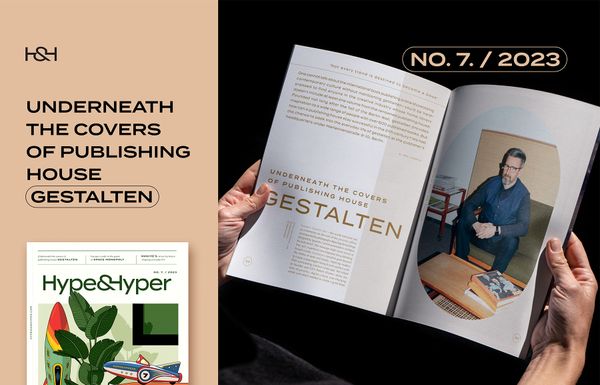
‘Not every trend is destined to become a book’ | Underneath the covers of publishing house gestalten

A restaurant where carnivores and vegans can eat together | Nie/Mięsny
